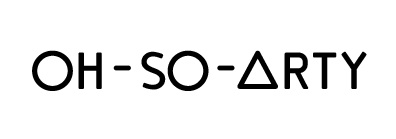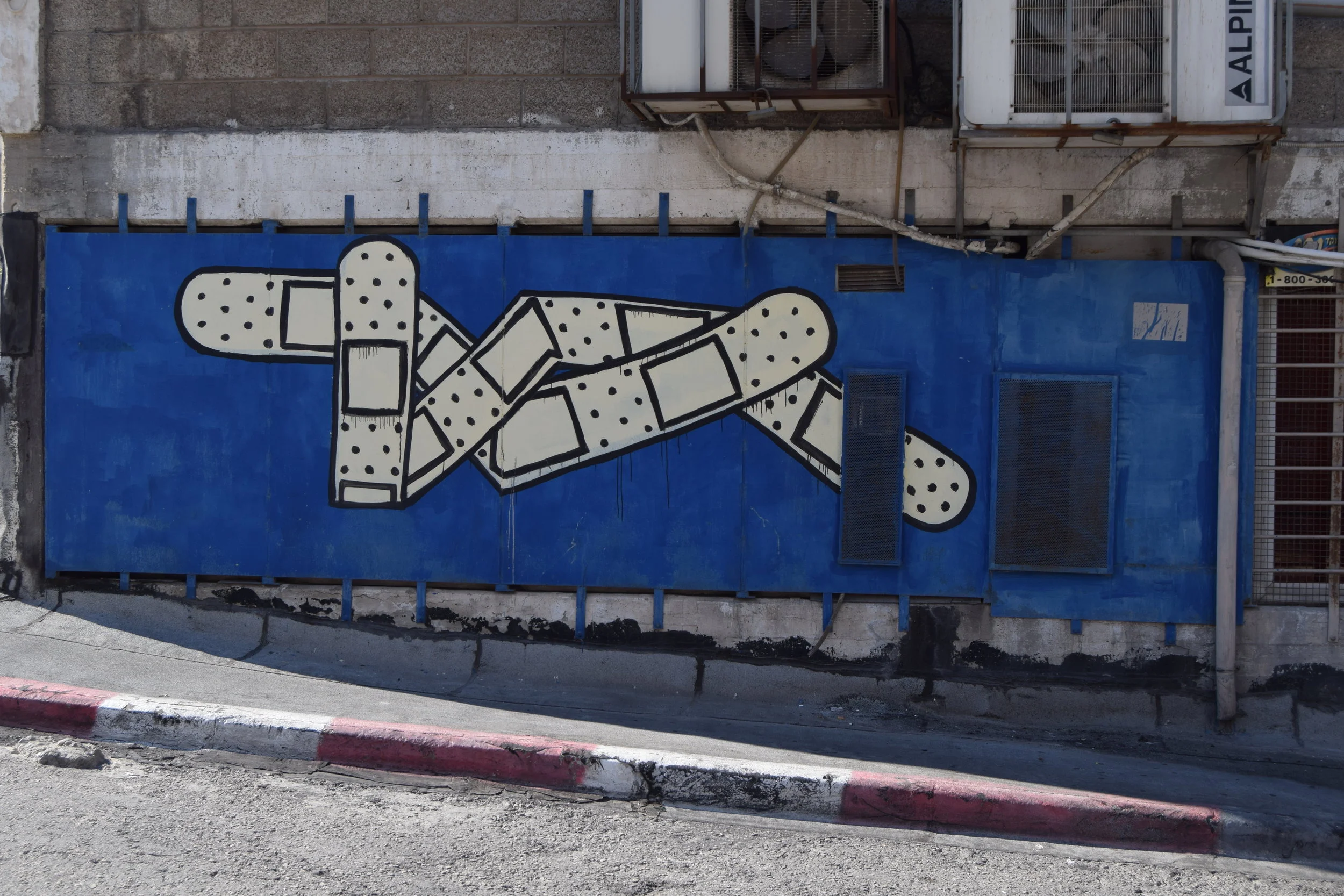If you know Tel Aviv street art, you know Dede. Famous for his eponymous band aids and his deformed urban animals that adorn walls all over the city, Dede has established his place in the art world. His art often deals with social issues of the urban sphere. It acts as a remark or an observation meant to point attention to things that are overlooked. It has a unique balance of wits, humor and simplicity and always displays elaborate technique and ambition.
Dede prefers to keep his identity unknown. Luckily for me, our paths crossed, and I have the privilege of working with him since. So when I realized a piece commissioned by the Tel Aviv municipality was going to be made, I took the opportunity to join, help and report back.
So where to begin? This piece evokes several points of interest. The location of the piece is as central as it gets, hardly the neglected outskirts of the city where one usually finds street art. The fact it was commissioned by the municipality challenges the consideration of the piece as “true street art”. The subject matter of the piece demands interpretation. And lastly – how was this ambitious piece physically made?
For me, the last question was the most exciting one to answer. Seeing street art being made is very cool. It brings you face to face with creativity, determination and excellent improvisation skills. This piece required carfeul geometric planning. Dede even made custom calipers to execute it properly. Nonetheless, accidents do happen. All the stencils that were created for the piece were splashed with water when a tenant washed his apartment. Luckily a hairdryer saved the day. The tenant’s wife felt so bad she made us tea all night! Turns out art does bring out a good side of people. Aside from a very angry juicer who was worried about the sprays smell scaring customers away, people crossing were curious and excited to see the finished piece.
The finished piece depicts a typical emergency stop button, closed in a glass box, with a key to its left. It’s an invitation to the busy people passing on this busy Tel Aviv street to stop, slow down, and take a break from the hectic city life. The wall in question belongs to a local power station. I believe that adds a subversive and critical aspect to the piece. Anyway, street art, like any art, is at its finest when numerous interpretations can be made.
If you want to hear more about the piece and the issues it raises visit the Alternative Tel Aviv Blog for the full coverage.





